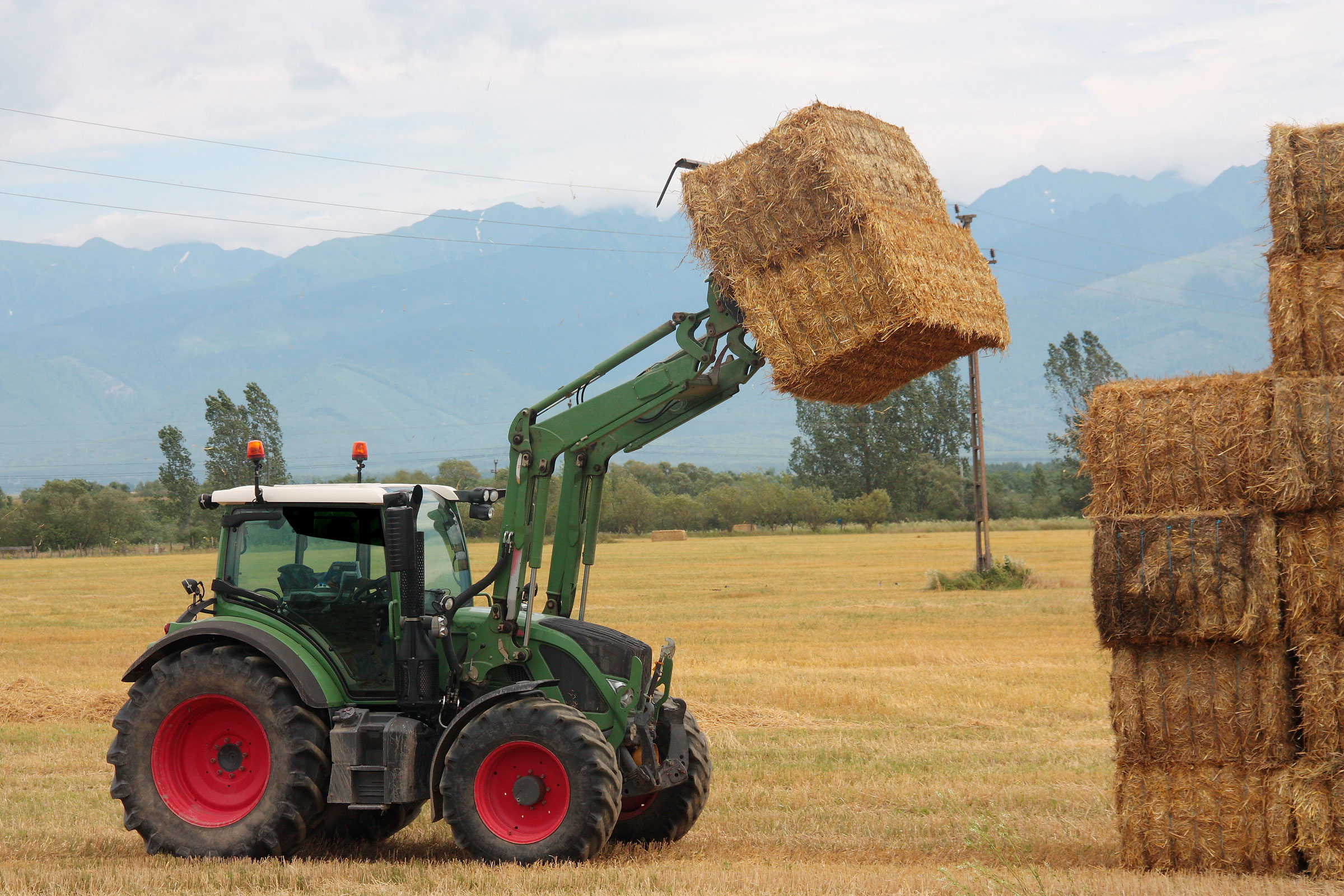
Preference and convenience are the key factors in deciding whether to use traditional square bales, large square bales or round bales of hay for your horses.
“The type of hay bale, that is, either small square bales or large round bales, is less important than the proper harvest and storage of the hay,” said Rhonda Hoffman, PhD, a professor and director of horse science at Middle Tennessee State University.
Chris Johnson of Eastern Hay Corp. in Pawling, New York, has clients who buy the large square bales. They place them in the aisle or nearby storage area and peel off hay for each feeding. The portion is not as concise as smaller bales where flakes are consistent sizes, he said. However, larger bales are less expensive because less labor is involved in making, storing and moving the oversized bales.
However, horse facility owners must keep in mind that moving large square bales—which often weigh close to 2,000 pounds apiece—requires a large tractor.
“Regionally, prices on small square bales are as high as $300 per ton for good-quality hay picked up at a farm,” he said. “A large bale of the same quality is $150 to $180 per ton.”
The most cost-effective way for Johnson’s customers to order hay is a dropped tractor trailer load. The volume and the machinery he has for unloading reduces costs significantly. However, not all facilities have enough storage space for that volume.
Regardless of the bale size, hay should be stored inside—protected from sun and precipitation—to maintain its best quality and avoid spoilage. Round bales of hay should ideally be stored inside. If space does not allow, a rain-proof cover or tarp is the minimum requirement.
“If round bales are poorly covered or left exposed to weather, horse owners can expect a loss of up to 40% of the bale due to mold and spoilage,” Hoffman said.


